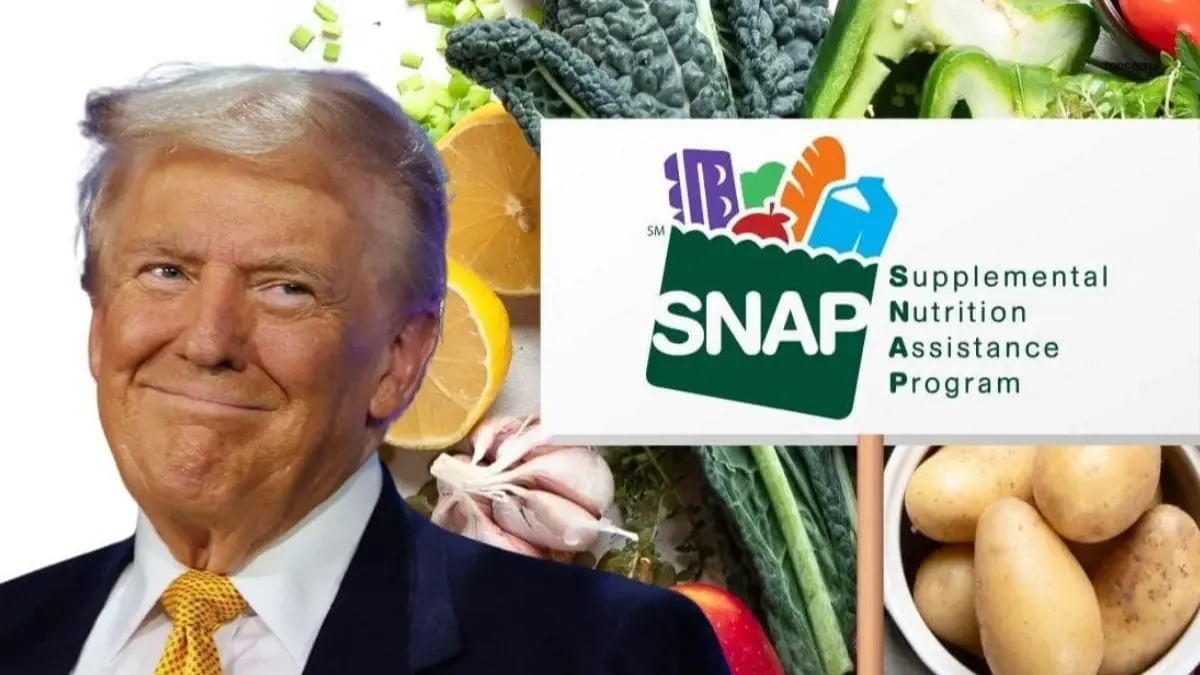The Supplemental Nutrition Assistance Program (SNAP), commonly known as food stamps, has long been a critical resource for millions of low-income Americans. However, recent proposals could significantly alter the landscape of this essential program. While these changes are still under discussion, beneficiaries need to understand what might be on the horizon and how it could affect their access to food assistance.
Proposed Changes to SNAP: What’s on the Table?
This Article Includes
In an effort to address concerns about the sustainability of the program and ensure it meets the needs of those it serves, several key changes to SNAP are being proposed. While not all changes are certain, they have sparked intense debate among policymakers and advocacy groups. Below are the primary areas where changes could occur.
Tightening Eligibility Requirements
One of the most significant changes under consideration is the tightening of eligibility criteria. This could make it more difficult for some households to qualify for benefits. Specifically, individuals with higher incomes or greater assets could find themselves excluded from the program as the government looks to narrow the income limits for eligibility. Adjustments might also be made to how household size is calculated, and the treatment of certain resources could change, making it harder for families close to the income threshold to receive help.
Increased Work Requirements for Able-Bodied Adults
Another proposal on the table is an increase in work requirements for able-bodied adults without dependents (ABAWDs). Currently, ABAWDs are required to work at least 80 hours per month or participate in an approved work program to remain eligible for SNAP benefits for more than three months within three years. Under the new proposal, these requirements may become even stricter, which could create challenges for individuals living in areas with limited job opportunities. These changes could affect a substantial number of people, particularly those in rural or economically depressed regions.
Reduced Benefits for Some Households
In addition to eligibility and work requirement changes, some beneficiaries may see a reduction in the amount of assistance they receive. For instance, there are proposals to cut the standard utility allowance (SUA), which helps households with high utility costs. A decrease in this allowance would result in lower benefits for households that rely on SNAP. Additionally, discussions around adjusting SNAP benefits to account for inflation could reduce the purchasing power of recipients, making it harder for some families to stretch their benefits to cover essential food needs.
Simplifying the Application Process
While there are several proposals that could negatively impact certain groups, there is also a push to streamline the application process. Simplifying how people apply for SNAP could reduce administrative barriers and make it easier for those in need to qualify for benefits. This would help ensure that people don’t miss out on assistance due to bureaucratic hurdles, improving the program’s efficiency and accessibility.
What These Changes Mean for SNAP Beneficiaries
The proposed changes to SNAP could have a range of consequences for current and future beneficiaries. While some of the adjustments could make the program more efficient, others may leave vulnerable populations struggling to meet new eligibility criteria or work requirements.
Impact of Tightened Eligibility
Households that are just above the income or asset limits could be disproportionately affected. These individuals and families may no longer qualify for SNAP, despite still being in need of assistance. This could especially impact those living in high-cost areas where incomes may be higher, but the cost of living is also steep.
Challenges for ABAWDs
Able-bodied adults without dependents could face the toughest challenges under the proposed changes. With stricter work requirements, these individuals might find it harder to maintain their benefits, particularly in areas with few job opportunities. This could lead to a reduction in the number of people receiving food assistance, potentially pushing them into even greater financial hardship.
Reduced Benefits: A Growing Concern
For households that continue to qualify for SNAP, the proposed cuts to benefits, including adjustments to the utility allowance, could reduce the amount of help they receive. This would mean that many families might have to make difficult choices between paying bills and buying food. Such changes could increase food insecurity, which is already a significant issue for many low-income households.
Staying Informed and Prepared
While the exact outcomes of these proposed changes are still uncertain, it’s crucial for SNAP recipients to stay informed. Changes to the program could take time to implement, but it’s important to understand how new rules and regulations might affect eligibility, benefits, and the application process.
Beneficiaries should also consider exploring other forms of assistance to help offset potential cuts to SNAP. Programs like Supplemental Security Income (SSI), housing assistance, and state-specific initiatives could provide additional support for low-income families facing financial difficulties.
Conclusion: A Mixed Bag for the Future of SNAP
The future of SNAP is uncertain, with policymakers considering a range of reforms that could improve efficiency but also make it harder for some beneficiaries to access the food assistance they need. While simplifying the application process and increasing efficiency could benefit many, the tightening of eligibility and increased work requirements may leave some of the most vulnerable populations without support.
For now, the debate continues, and SNAP recipients must stay updated on potential changes that could impact their ability to feed themselves and their families. Whether these proposed changes become reality or not, one thing is clear: the future of SNAP will have profound implications for millions of Americans who rely on it for their basic food needs.

